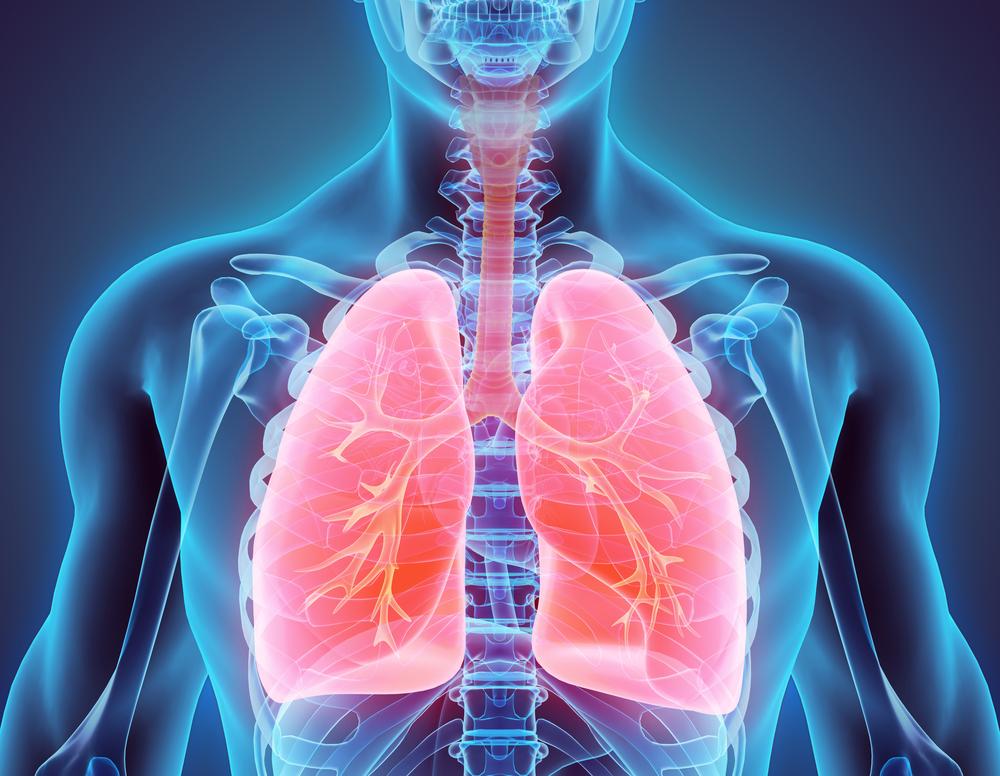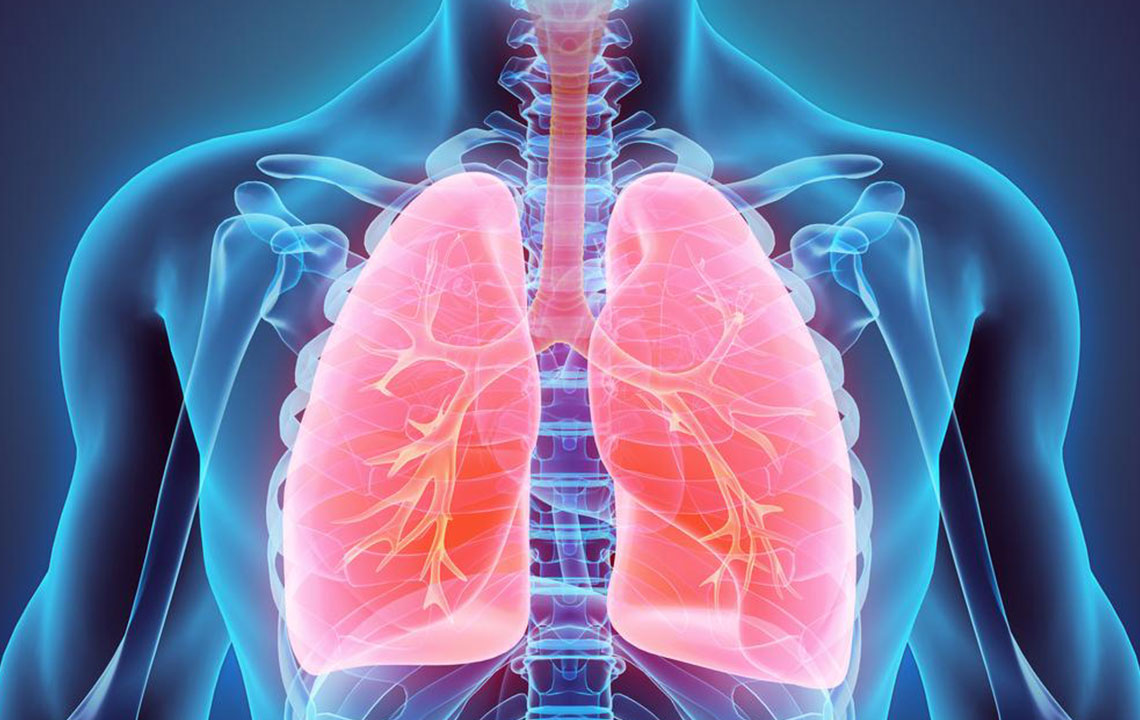Understanding the Main Types of Lung Cancer
This article explores the primary types of lung cancer, including non-small cell and small cell variants, as well as mesothelioma. It highlights symptoms, progression, and the importance of early detection for effective treatment. Understanding these types helps in timely diagnosis and better management of lung cancer for improved patient outcomes.

Understanding the Main Types of Lung Cancer
Lung health is vital for overall well-being, as our lungs enable us to breathe and sustain life. Lung cancer occurs when healthy lung cells mutate and grow uncontrollably, forming a malignant tumor. Recognizing the different types of lung cancer is essential for diagnosis and treatment.
Here are the primary forms of lung cancer:
Non-Small Cell Lung Cancer (NSCLC): This is the most common type, usually developing slowly. It includes subtypes such as adenocarcinoma, which originates in the lung lining and accounts for about 30% of cases; squamous cell carcinoma, found in respiratory tract lining; and large cell carcinoma, a fast-growing form making up roughly 9% of cases.
Small Cell Lung Cancer (SCLC): Known for its rapid spread, SCLC is characterized by small neuroendocrine cells. Some tumors contain both small and large cells, classified accordingly. SCLC can be limited or extensive based on its progression.
Mesothelioma: Strongly linked to asbestos exposure, mesothelioma can originate in the lungs or spread to them from other body parts. Both types require similar treatment approaches.
There are other forms, such as carcinoid tumors, which start in the small intestine but can spread to the lungs. Early diagnosis significantly improves treatment outcomes.










